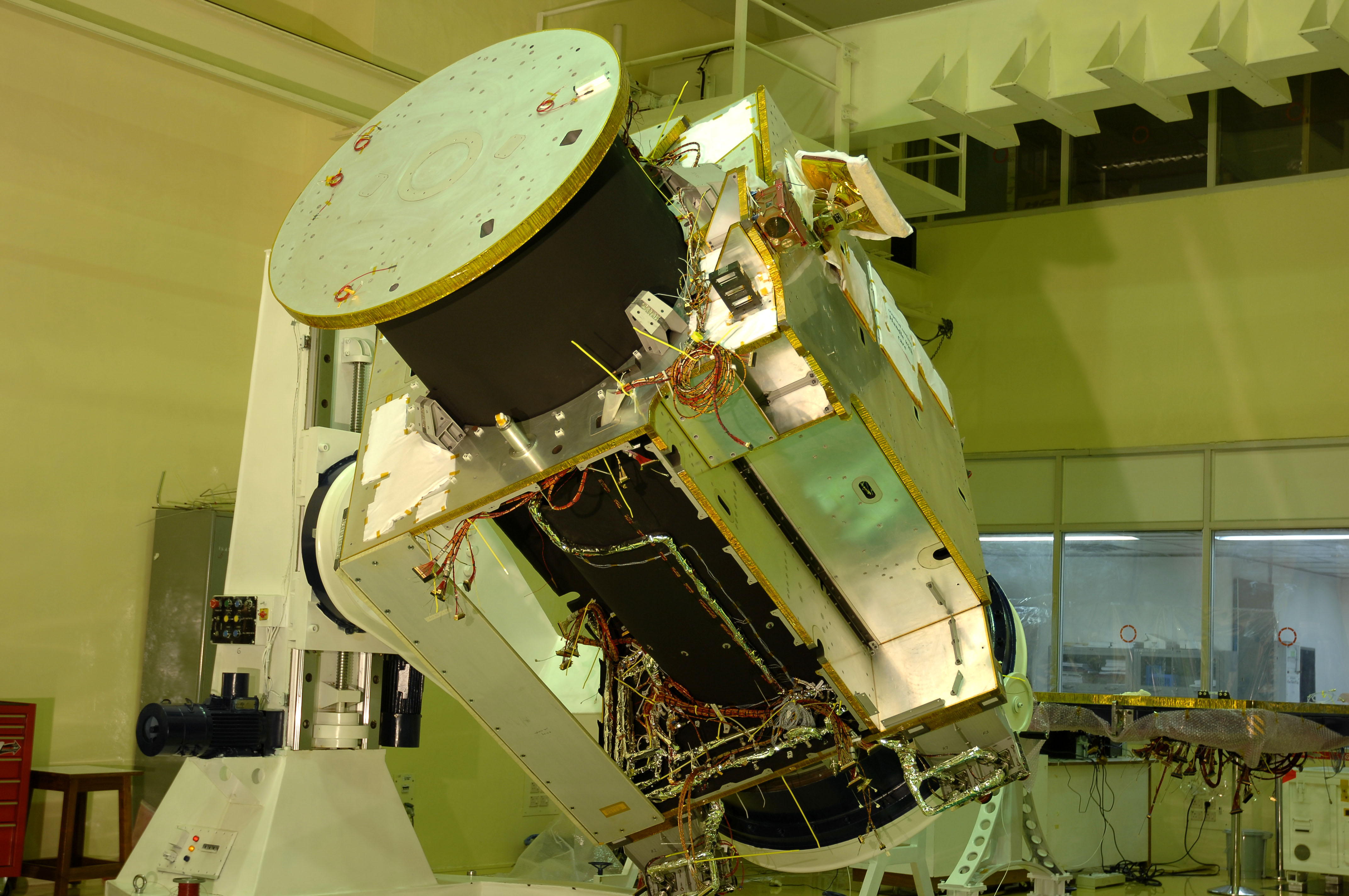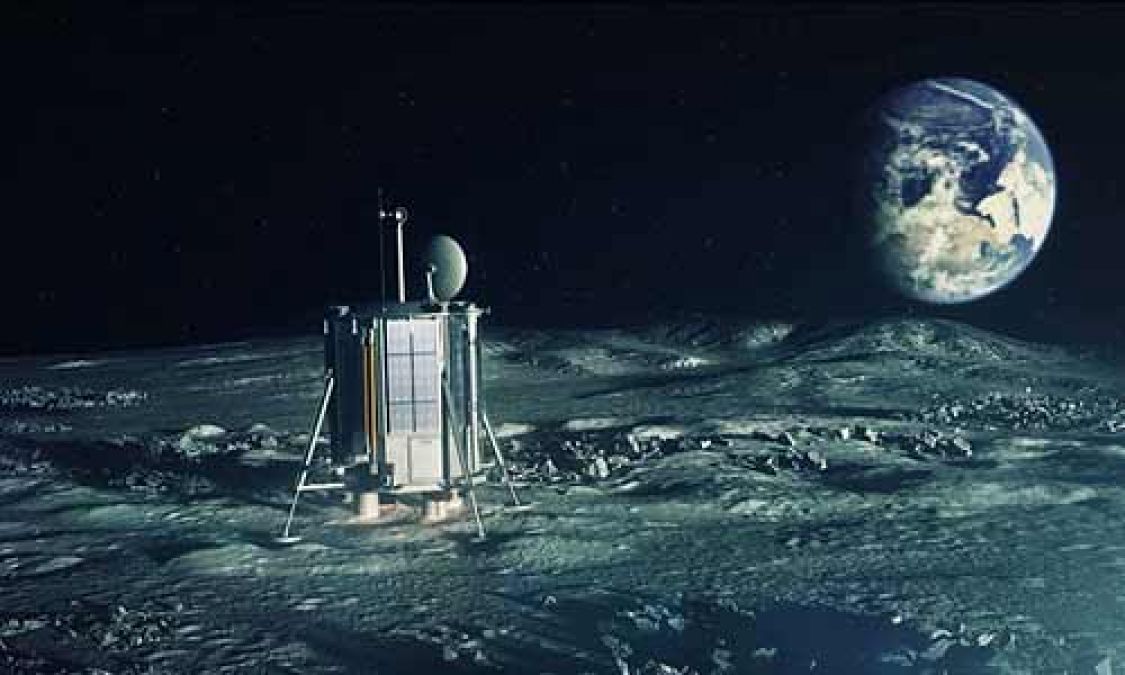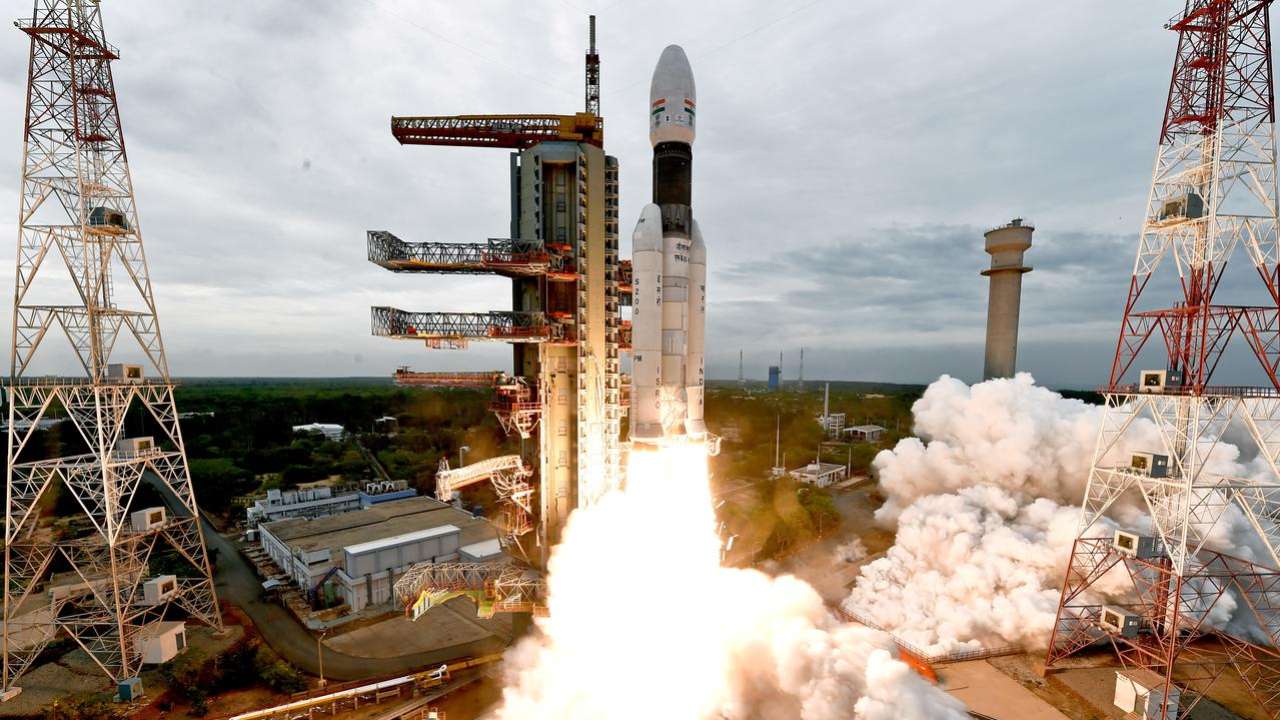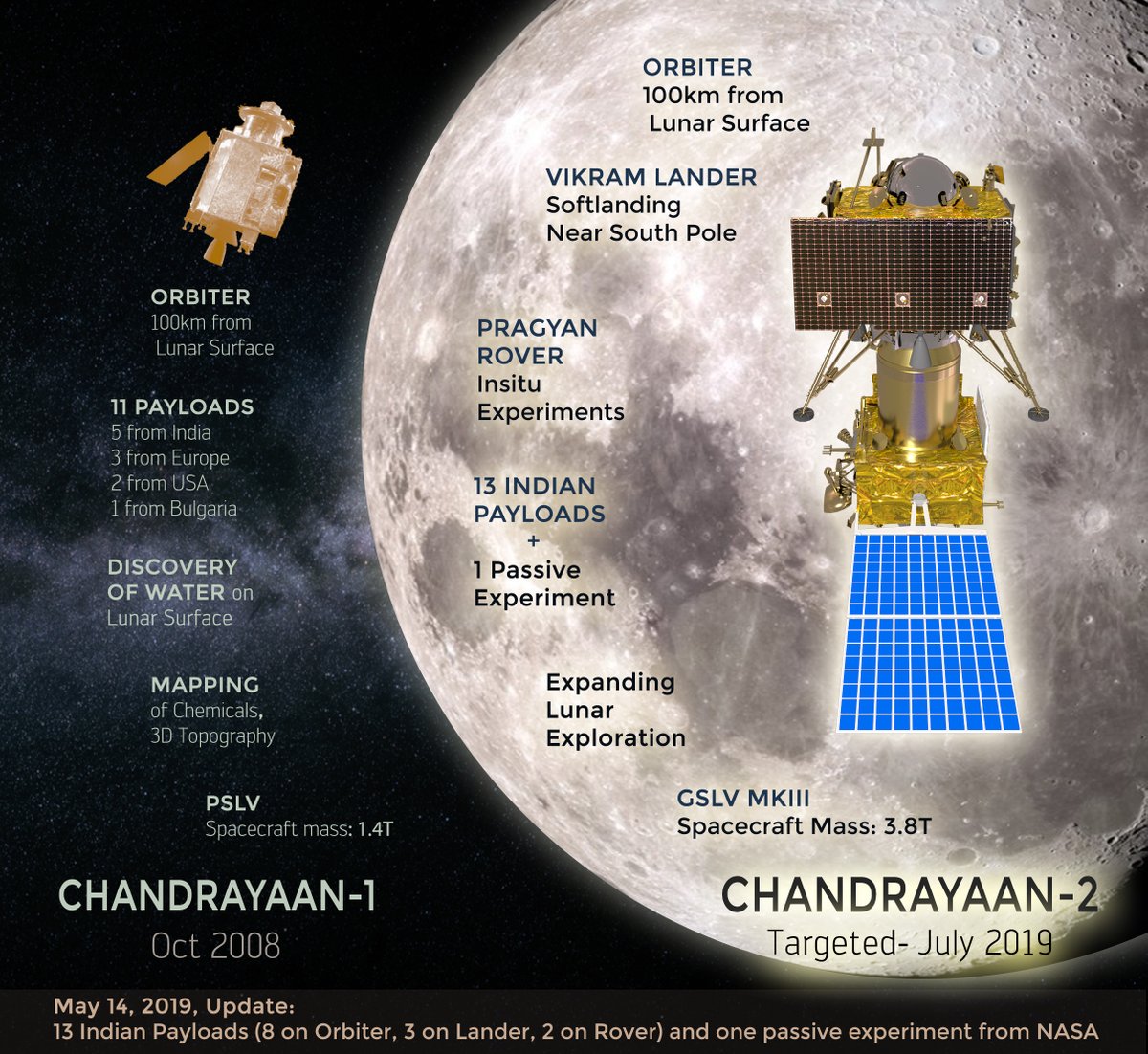Chandrayan 1 Presentation
| Introduction to Chandrayaan-1 | ||
|---|---|---|
| Chandrayaan-1 was the first lunar exploration mission developed by the Indian Space Research Organisation (ISRO). Launched on October 22, 2008, Chandrayaan-1 aimed to study the Moon's surface and search for evidence of water ice. This groundbreaking mission marked an important milestone in India's space exploration program. | ||
| 1 | ||
| Objectives of Chandrayaan-1 | ||
|---|---|---|
| Chandrayaan-1 aimed to create a comprehensive map of the Moon's mineral composition using a high-resolution remote sensing instrument. The mission aimed to study the Moon's topography, mineralogy, and the distribution of elements such as magnesium, aluminum, silicon, calcium, iron, and titanium. Chandrayaan-1 also sought to investigate the presence of water molecules on the lunar surface. | ||
| 2 | ||
| Payloads and Instruments on Chandrayaan-1 | ||
|---|---|---|
| The mission carried 11 scientific instruments, including the Moon Impact Probe (MIP), the Lunar Laser Ranging Instrument (LLRI), and the Chandrayaan-1 Imaging X-ray Spectrometer (C1XS). The MIP, released by Chandrayaan-1, made a controlled impact on the lunar surface and provided valuable data about the Moon's surface composition. The LLRI measured the distance between the spacecraft and the lunar surface, helping to determine the Moon's gravitational field. |  | |
| 3 | ||
| Major Achievements of Chandrayaan-1 | ||
|---|---|---|
| Chandrayaan-1 discovered evidence of water molecules on the Moon's surface, primarily concentrated around the polar regions. The mission created the first complete 3D atlas of the Moon, providing detailed information about its topography, mineralogy, and elemental composition. Chandrayaan-1 detected the presence of iron and titanium on the lunar surface, expanding our understanding of the Moon's geological history. | ||
| 4 | ||
| Impact of Chandrayaan-1 on Lunar Exploration | ||
|---|---|---|
| Chandrayaan-1 paved the way for further lunar exploration missions, inspiring other countries and organizations to undertake similar endeavors. The discovery of water molecules on the Moon's surface has significant implications for future human missions and the establishment of lunar bases. The mission showcased India's technological capabilities and affirmed its position as a leading player in space exploration. | ||
| 5 | ||
| Challenges and Lessons Learned from Chandrayaan-1 | ||
|---|---|---|
| Chandrayaan-1 faced challenges such as communication interruptions, thermal management issues, and instrument malfunctions during its mission. These challenges provided valuable insights and lessons that contributed to the success of subsequent lunar missions, including Chandrayaan-2. Chandrayaan-1 demonstrated the importance of careful mission planning, robust instrument design, and effective communication systems in space exploration. | ||
| 6 | ||
| Conclusion | ||
|---|---|---|
| Chandrayaan-1 was a groundbreaking mission that significantly contributed to our understanding of the Moon's surface and its resources. The mission's discoveries, particularly the presence of water molecules, have profound implications for future lunar exploration and the possibility of human colonization. Chandrayaan-1 showcased India's capabilities in space exploration and established it as a key player in the global space community. | ||
| 7 | ||
| References (download PPTX file for details) | ||
|---|---|---|
| "Chandrayaan-1"... Indian Space Research Organisation (ISRO)... "Chandrayaan-1"... |  | |
| 8 | ||





